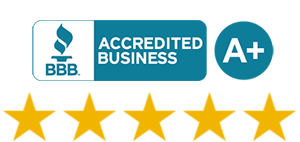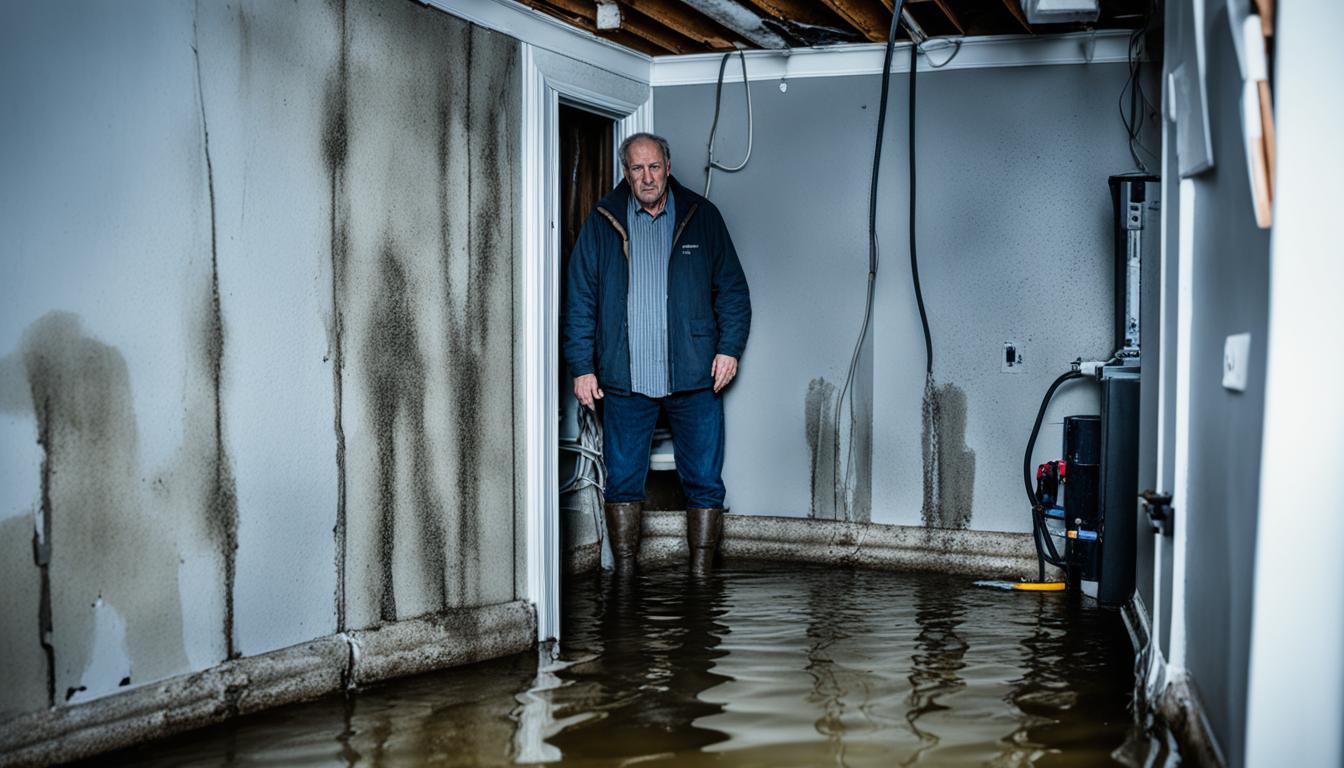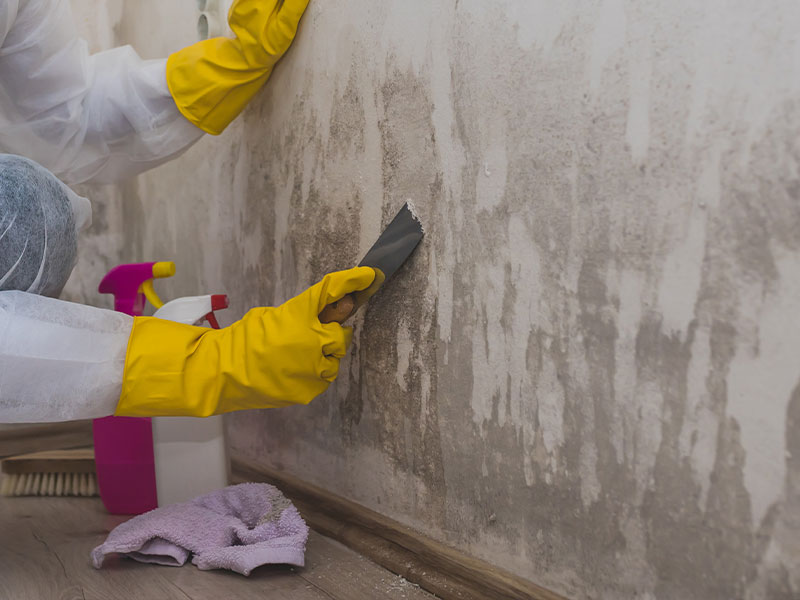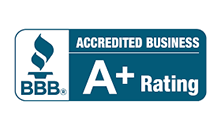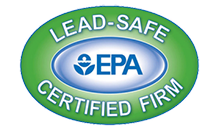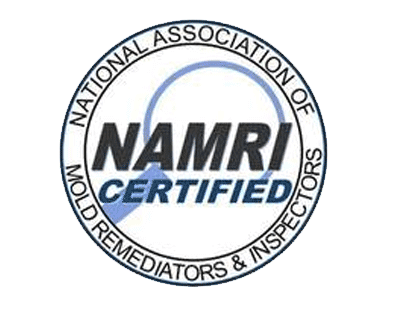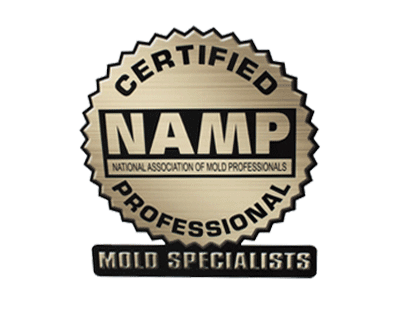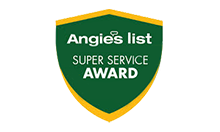Leaking pipes may seem like a minor inconvenience, but the damage they can cause is far from insignificant. From water damage and structural harm to the growth of mold, the consequences of leaking pipes can be extensive and costly. So, what exactly can leaking pipes do to your home? Let’s delve into the potential dangers and explore how you can prevent and address this common plumbing issue.
Key Takeaways:
- Leaking pipes can lead to water damage and compromise the structural integrity of your home.
- Mold growth is a common consequence of leaking pipes and can pose health risks to occupants.
- Addressing leaking pipes promptly can help prevent further damage and minimize financial impact.
- Regular maintenance and preventive measures are crucial in avoiding leaking pipes and their consequences.
Understanding the Gravity of Leaking Pipes
Leaking pipes can result from various causes. These include broken seals, clogged lines, corrosion, incorrect pipe laying, damaged pipe joints, underground movements, high water pressure, intruding tree roots, loose water connectors, and fixture cracks. Each of these factors can contribute to water leaks in the plumbing system. Homeowners should be aware of these common causes to detect and address leaking pipes promptly.
When a pipe is damaged or compromised, it can lead to a range of issues within a property. Not only can leaking pipes cause water damage and wastage, but they can also result in structural harm and mold growth if left unattended. Understanding the causes of leaking pipes is crucial for homeowners to take proactive measures and prevent further damage to their properties.
Broken seals and damaged pipe joints are common causes of leaks. Over time, the seals and joints can degrade, leading to small cracks and gaps where water can escape. This can result in slow drips or even steady streams of water, depending on the severity of the damage. Clogged lines, whether due to debris or mineral buildup, can also lead to leaks as the pressure inside the pipes increases.
Corrosion is another significant cause of leaking pipes. Over time, pipes can corrode due to the reaction between the metal and the water or other substances flowing through them. Corroded pipes can develop weak spots and eventually start leaking. Incorrect pipe laying and underground movements can also cause pipes to shift or crack, resulting in leaks.
High water pressure can put excessive strain on pipes, leading to potential leaks. If the water pressure is consistently high, the pipe walls may weaken over time, making them more prone to bursting or leaking. Additionally, intruding tree roots can damage pipes underground as they grow and apply pressure on the pipes, leading to leaks.
Loose water connectors and fixture cracks are other common causes of leaks. Loose connectors can allow water to escape and cause leaks at the connection points. Similarly, cracks in fixtures such as faucets or showerheads can cause water to seep out and contribute to leaking pipes.
Overall, understanding the causes of leaking pipes is crucial for homeowners to detect and address issues promptly. By being proactive in identifying and resolving plumbing problems, homeowners can prevent further damage to their properties and avoid the financial and structural consequences associated with leaking pipes.
Structural Integrity Compromised by Water Damage
Water damage from leaking pipes can have severe consequences on the structural integrity of a property. Left unaddressed, it can lead to various issues that compromise the stability and safety of the building.
One common problem caused by water damage is floorboard warping. When water seeps into the floorboards, it can cause them to swell and warp, resulting in uneven and potentially dangerous surfaces.
Another concern is wood rot. Continuous exposure to moisture can cause the wooden structures of a property to deteriorate over time. This weakening of the wood not only affects the aesthetic appeal but also poses a risk to the overall structural stability.
In addition to floorboard warping and wood rot, water damage can also contribute to the growth of mold and mildew. These microorganisms thrive in damp environments, and when left unchecked, they can spread throughout a property, affecting not only the structural integrity but also posing potential health hazards to occupants.
Furthermore, water seeping behind walls can lead to paint and wallpaper peeling. The moisture weakens the adhesion between the walls and the decorative coverings, causing unsightly damage and requiring costly repairs.
To prevent or minimize these issues, homeowners must prioritize addressing and repairing any water damage as soon as it is detected. Enlisting the help of professionals in water damage restoration can ensure thorough assessment, repair, and restoration of the affected areas.
By taking proactive measures to address water damage promptly, homeowners can preserve the structural integrity of their property and prevent further costly repairs down the line.
Hidden Dangers: Mold and Mildew Growth
Leaking pipes can create an environment conducive to mold growth and mildew growth. When water leaks occur, excessive moisture is introduced into the property, providing the perfect conditions for mold and mildew to thrive. Both mold and mildew can be harmful, posing potential health risks to the occupants.
Not only do mold and mildew pose health concerns, but they can also cause structural damage to the property. As they continue to grow and spread, mold and mildew can weaken the materials they inhabit, compromising the integrity of the building. This can ultimately lead to costly repairs and renovations.
One of the most common signs of mold and mildew growth is the presence of musty smells. These unpleasant odors can permeate throughout the affected areas, making it challenging to eliminate them completely. In addition to being disruptive to the indoor environment, these odors can also impact the overall enjoyment of the space.
It is important to address mold and mildew growth promptly to minimize the associated risks and consequences. By identifying and repairing any leaking pipes and implementing proper moisture control measures, homeowners can create an environment that is less susceptible to mold and mildew growth.
Financial Drain: Economic Impact of Leaking Pipes
Leaking pipes can have a significant financial impact on homeowners. Not only do they result in increased water bills but also expensive repair costs and potential insurance claims. When left unaddressed, these issues can lead to further damage to the property, exacerbating the financial burden.
One of the immediate consequences of leaking pipes is the impact on water bills. Continuous leaks can cause water usage to skyrocket, resulting in hefty bills that can significantly strain the household budget. By promptly fixing water leaks, homeowners can reduce their water consumption and avoid unnecessary expenses.
In addition to higher water bills, leaking pipes often require costly repairs. The cost of repairing or replacing damaged pipes, fixtures, and surrounding materials can quickly add up. Whether homeowners choose to hire professional plumbers or undertake the repairs themselves, the financial burden can be substantial.
Furthermore, homeowners may be faced with insurance claims due to water damage caused by leaking pipes. While some insurance policies may cover the cost of repairing the damage, others may require a separate water damage insurance policy. The process of filing and navigating insurance claims can be time-consuming and may result in additional expenses, such as deductibles and higher insurance premiums.
Moreover, the economic impact of leaking pipes extends beyond immediate costs. Water damage resulting from leaks can negatively affect the value of the property in the real estate market. Potential buyers may be deterred by the presence of past or recurring water damage, which can lead to decreased property value and difficulty in selling the property.
Plumbing System Failures and Catastrophes
Leaking pipes can lead to catastrophic incidents and failures in the plumbing system. These incidents can cause significant damage to the property and require immediate attention from professionals.
One of the potential risks associated with leaking pipes is burst pipes. When a pipe bursts, it releases a large amount of water, leading to water damage and potential flooding. Burst pipes can not only cause structural damage but also result in costly repairs and the inconvenience of water supply disruption.
Sewage leaks are another disastrous consequence of leaking pipes. When sewage leaks occur, they can contaminate the surrounding area and pose serious health risks to the occupants of the property. Sewage leaks require immediate action to prevent further damage and ensure the safety of the residents.
Water heater failure is yet another catastrophic incident that can be caused by leaking pipes. If the pipes connected to the water heater are leaking, it can cause the water heater to malfunction or even stop working completely. This can result in a lack of hot water supply and potential damage to the water heater itself.
It is essential to address leaking pipes promptly to prevent these catastrophic incidents from occurring. Regular maintenance and inspections of the plumbing system can help detect and address any potential issues before they escalate into major failures.
By taking proactive steps to repair and maintain the plumbing system, homeowners can avoid the havoc and financial burden associated with plumbing system failures and catastrophes caused by burst pipes, sewage leaks, and water heater failures.
Protecting Your Home Against Water Pressure Incidents
Water pressure incidents, particularly high water pressure, can pose a risk of pipe bursts and other related issues. To safeguard their homes, homeowners should take proactive measures to monitor and regulate water pressure. Conducting regular pressure testing and implementing pressure regulation systems can minimize the chances of such incidents.
Proper maintenance and frequent inspections of the plumbing system are essential for identifying and addressing potential water pressure incidents. By staying vigilant and addressing any abnormalities promptly, homeowners can prevent costly pipe bursts and other water pressure-related problems.
Emergency Preparedness: Addressing Sudden Flood Risks
Homeowners must prioritize emergency preparedness to effectively address the sudden flood risks that can result from leaking pipes. Being proactive in implementing measures to mitigate water damage is crucial in protecting the property and minimizing the impact of potential flooding.
One important measure to consider is the installation of sump pumps. Sump pumps are designed to remove excess water from basements or lower areas of a property, preventing flooding and water damage. By installing a reliable sump pump system, homeowners can effectively safeguard their homes against sudden flood risks.
Maintaining emergency shut-off valves is another critical aspect of emergency preparedness. These valves are designed to quickly shut off the water supply in the event of a pipe leak or other plumbing emergencies. By shutting off the water supply, homeowners can minimize the amount of water damage caused by leaking pipes.
To further enhance emergency preparedness, it is essential to have a comprehensive plan in place for water damage mitigation. This plan should outline the steps to be taken when a water leak or flooding occurs, including contacting professionals, documenting the damage for insurance purposes, and initiating the necessary repairs. Having a well-defined plan can help homeowners respond efficiently and effectively in moments of crisis.
In conclusion, by implementing emergency preparedness measures such as installing sump pumps, maintaining emergency shut-off valves, and having a water damage mitigation plan, homeowners can proactively address sudden flood risks resulting from leaking pipes. These measures are crucial in protecting both the property and its occupants from the devastating consequences of water damage.
Conclusion
Addressing and preventing leaking pipes is crucial for homeowners to protect their homes from extensive damage and financial consequences. Leaks can compromise the structural integrity of a property, promote mold and mildew growth, and result in increased water bills, repair costs, and potential insurance claims.
By being proactive in their approach, homeowners can minimize the risk of water damage. Regular maintenance, prompt repairs, and adopting preventive measures are key. Conducting regular inspections, identifying and addressing leaks promptly, and regulating water pressure can help prevent the occurrence of leaks.
Furthermore, homeowners should consider installing sump pumps, maintaining emergency shut-off valves, and having a comprehensive plan for water damage mitigation in case of sudden flood risks. These measures can significantly reduce the impact of flooding and protect the property from potential water damage.
In conclusion, by practicing proactive maintenance, promptly addressing any leaks or issues, and taking preventive measures, homeowners can effectively prevent water damage caused by leaking pipes. This proactive approach not only safeguards the structural integrity of their homes but also helps avoid the financial burdens associated with water damage.


